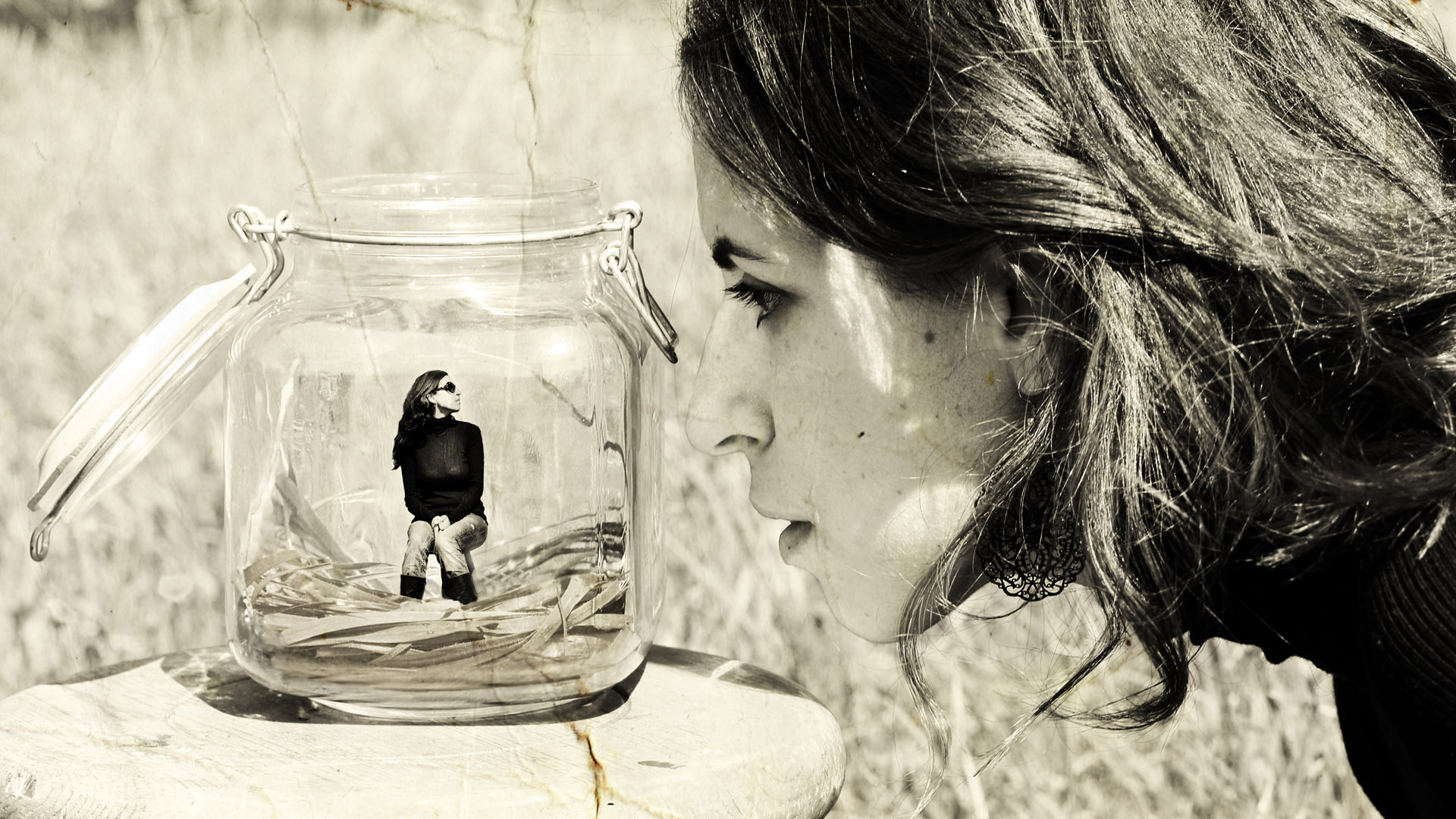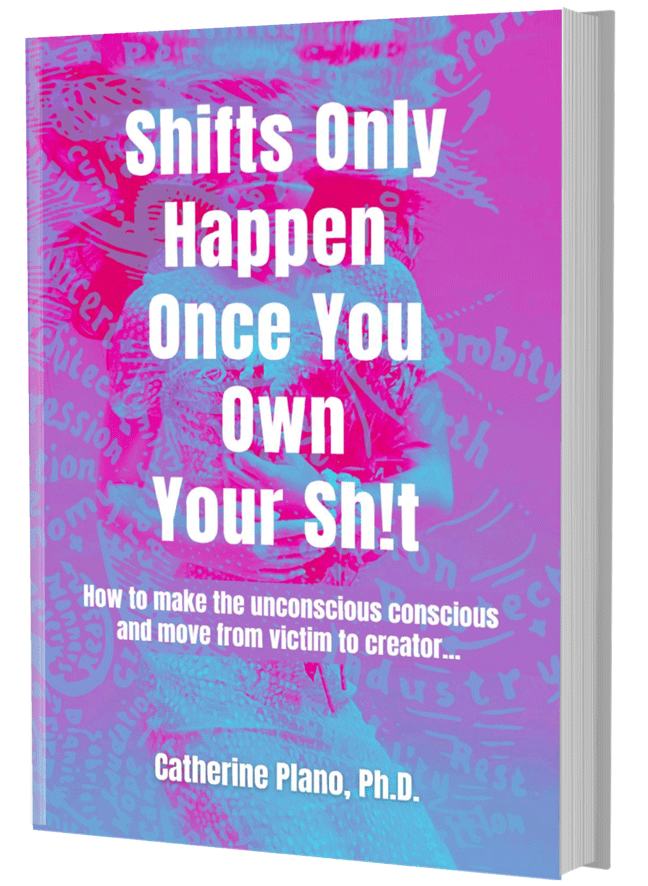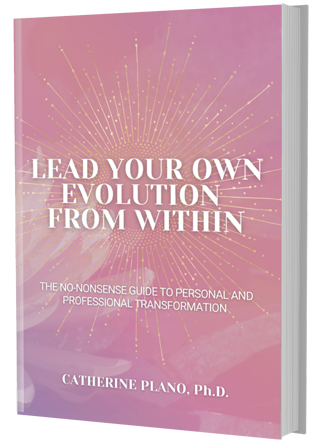“When we release the need to be accepted by others, we return home to ourselves.” — Catherine Plano
There’s something hauntingly tender about the desire to be seen.
It’s not just about attention. It’s not even really about being admired. It’s about something far more sacred. It’s about being witnessed, as we truly are. Not the version we polish, not the story we rehearse, but the soft, unguarded truth of us. To be seen is to be acknowledged: I exist, and you recognise that I do.
We crave that kind of recognition like sunlight after a long winter. We long for it in relationships, in our work, in the quiet moments of creativity when we’re not sure if what we’re making will ever matter. And yet, when the moment comes—when the curtain lifts and the room quiets—something ancient in us recoils. A deep, wordless fear emerges. We flinch. We freeze. We fold ourselves inward.
I once sat with a woman—an artist, brilliant and brave in ways she didn’t yet recognise—who said softly, “There’s a part of me that wants to show up, and a part of me that’s terrified to be seen.” She said it like it was a confession, like something to be ashamed of. But it was one of the most truthful things I’ve ever heard.
Because she wasn’t alone. That line could’ve come from any of us. In fact, I believe it already has—spoken in different voices, in different languages, wearing different masks. Sometimes it shows up as perfectionism. Sometimes as procrastination. Sometimes as silence. But always, it speaks to the same fragile, luminous longing: “Please see me. But also—please don’t.”
The Ache of Wanting to Be Seen
We live in a culture that glorifies visibility. Build your brand. Use your voice. Take up space. These mantras are plastered across Instagram and podcasts, pushing us toward the spotlight as if it’s the promised land.
But here’s what we don’t talk about enough: for many, being seen doesn’t feel empowering. It feels like exposure.
It’s not that we don’t want to share our voices, our gifts, our truths. We do. Desperately. But the moment we approach the edge of expression, the fear comes rushing in. Not the surface kind of fear. The kind that lives deep in the bones. The kind shaped by memory.
So, we silence ourselves. We scroll past the “just be visible” advice. We tell ourselves, “I’ll show up when I feel more confident.” But the confidence never arrives, because we’re waiting to feel safe before stepping into a space that never promised safety.
Why Is Being Seen So Hard?
To understand why we flinch at the prospect of visibility, we have to look beyond motivation and into psychology—into how our minds and nervous systems make sense of risk, worthiness, and belonging.
Let’s start with Cognitive Dissonance. Psychologist Leon Festinger’s theory tells us that when we hold two opposing beliefs, our brains become uncomfortable. That discomfort demands resolution. If you believe “I want to be seen” and also “Being seen is dangerous”, you’ll experience emotional and physiological tension. Your brain’s default response? Protect yourself by shutting visibility down.
Layer on Impostor Phenomenon, coined by Clance and Imes in the late 1970s, and you get the classic internal monologue: “They’ll realise I’m not as good as they think I am.” Even highly accomplished individuals battle this. And when impostor syndrome meets the bright lights of visibility, the natural response is retreat.
Then comes the body’s response. Research on Social Evaluative Threat shows that being observed or judged activates the amygdala—your fear centre. The brain reads visibility as a threat, triggering stress hormones, anxiety, and avoidance behaviours.
And for many, this fear is rooted in lived experience. If your early environment didn’t make space for your truth—if creativity was dismissed, if emotional expression was mocked, if individuality was punished—then your nervous system may have encoded visibility as a risk. Visibility is not just about showing up now. It reactivates old fears of abandonment, ridicule, or shame.
And it’s not just about childhood. For many of us, the world has shown—sometimes subtly, sometimes blatantly—that difference is not always welcomed. Whether it’s because of our background, beliefs, identities, or ways of thinking, being visible has not always felt safe. If your experience of the world includes being othered, overlooked, or judged, then of course, your nervous system hesitates. That’s not sabotage. That’s self-preservation.
You Don’t Have to Kill the Fear. You Just Have to Understand It.
This is where we stop pushing through and start listening. Where do we stop trying to “conquer confidence” and begin to relate to the parts of ourselves that hide?
The truth is, there’s not just one you. You are a system of selves. A constellation of inner parts—some bold, some protective, some still healing. And one of the most healing things you can do is let those parts speak.
This is where Internal Family Systems (IFS) work becomes a powerful lens. Instead of judging the part of you that’s afraid, you invite it into conversation. You ask: “What are you trying to protect me from?” You listen, not to fix, but to understand. Over time, something beautiful happens: those inner parts stop fighting each other. They begin to collaborate.
Practical Ways to Work with Visibility Gently
You don’t have to leap into the spotlight. You can tiptoe into the light, slowly, on your terms. Here’s how.
- Inner Dialogue Between Parts
Write a conversation between your “Shining Self” and your “Protective Self.” Let them speak openly. Let them ask each other questions. Give each one the space to be heard.
Reflection: “What’s one thing I’ve never let my protective part say out loud?”
- Build a Visibility Ladder
Not all visibility is created equal. Create a 1–10 scale of “visibility moments.” A 1 might be journaling something true. A 5 might be sharing that truth with a friend. A 10 might be publishing your work online.
Don’t start at 10. Choose something at a 3 or 4. Build your safety by practising small acts of expression. Stretch, don’t shock, your nervous system.
You could even colour-code your ladder: green for safe, yellow for edge, red for too much. It helps to visualise it.
- Rewrite the Narrative with Affirmations
Speak to the part of you that’s afraid with gentle, grounded truths:
“I can be visible and safe.”
“I don’t have to be perfect to be powerful.”
“It’s okay to be seen slowly.”
These aren’t platitudes. They’re neural training. Repeat them daily—softly, like you’re building trust.
From Hiding to Healing
One of my clients, a wildly creative designer, had stopped sharing her work online. Not because she didn’t want to—but because she’d been burned before. People had copied her ideas. Others had praised the work but ignored her. Over time, her subconscious created a story: “If I show up, I’ll be stolen from and erased.”
So, we got curious. We met the part of her that wanted to share and the part that wanted to protect. We asked them what they needed. The part that wanted to be seen needed freedom. The part that hid needed boundaries. Together, we crafted a new way of showing up—with protection and presence.
We created rituals. She lit a candle before posting. She set intentions before sharing. She limited exposure when needed. These small actions helped her reclaim ownership—not just of her work, but of her voice. She began to show up not for applause, but as an act of wholeness.
Your Invitation
You don’t have to show up like everyone else. You don’t need to be loud or polished or certain.
You only need to be honest.
With yourself first. And then—gently—with the world.
So, here’s your gentle challenge for today:
Journal Prompt:
- “What does the part of me that wants to be seen want me to know?”
Visibility Action:
- Pick one thing from your “Visibility Ladder” and do it today. Not to prove anything. Just to build trust with yourself.
Reflect:
- Can I allow myself to be seen just 5% more?
And if this piece moved something in you, share it. With someone you trust. With someone who’s also been hiding. Let’s normalise the quiet, brave act of showing up. Not for attention. But for alignment.
Final Thought
You don’t have to light up the whole sky.
You have to stop dimming your own.
Let your visibility be an offering, not a performance.
Let it be messy, tender, real.
And when you show up—just a little more fully—you don’t just speak.
You arrive.





